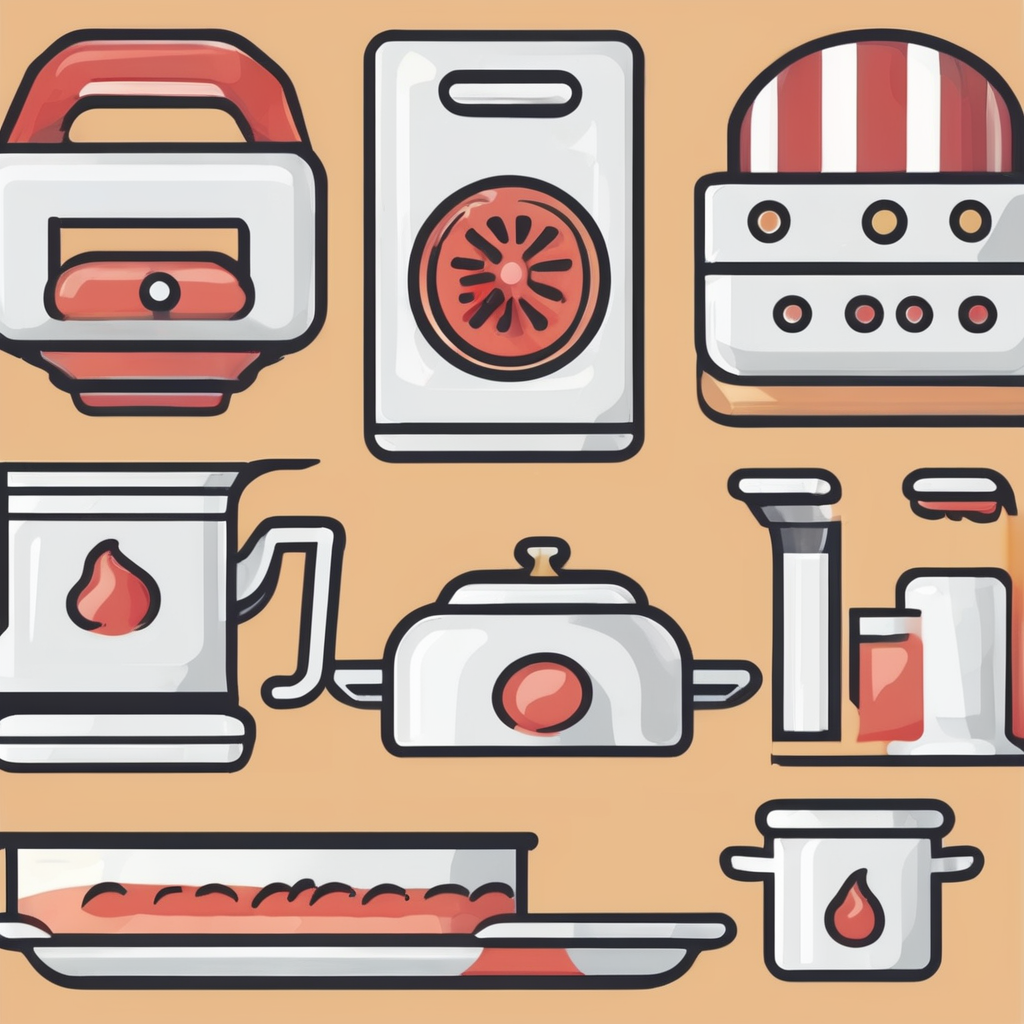Design Trends for Modern UK Kitchens
The modern UK kitchen design scene highlights clean lines, neutral palettes, and clever use of materials. Popular contemporary kitchen trends lean heavily on muted colours like soft greys and whites, often paired with natural textures such as wood and stone. These choices create a sleek, calming environment that feels spacious and inviting.
A key element in UK interior design now is the emergence of handleless cabinetry, which promotes a minimalist look and smooth surfaces, eliminating visual clutter. Open shelving also continues to influence many kitchens, providing both practical storage and a chance to display ceramics or cookbooks, adding personality without sacrificing modern elegance.
Additional reading : How Can UK Kitchen Designs Enhance the Illusion of Slimness?
Natural light plays a vital role in modern kitchens, enhancing ambience and making spaces appear larger. Large windows or skylights are common design choices to bring daylight into the heart of the home. This emphasis on light aligns perfectly with minimalist aesthetics, focusing on simplicity and clean, functional design.
By blending these elements—open shelving, handleless cabinetry, natural light, and a neutral palette—modern UK kitchen design creates both stylish and highly practical living spaces.
Also to discover : How Can You Transform Your UK Kitchen into a Slimmer Space?
Maximising Space in Compact UK Kitchens
Space-saving kitchen ideas are essential in many UK homes, where compact kitchens require clever solutions. For instance, utilising vertical storage is a straightforward small kitchen solution. Installing tall cabinets or open shelves up to the ceiling maximises otherwise wasted space. This approach keeps frequently used items within reach yet neatly organised.
Storage hacks such as pull-out pantry units or corner carousels also enhance accessibility while optimising limited areas. These features reduce clutter and improve workflow by making every inch functional.
Multi-purpose furniture plays a significant role in space efficiency. Consider fold-down tables or islands with built-in storage. These adapt to different needs—whether preparing meals or creating extra seating—offering flexibility without sacrificing room.
Layout modifications further enhance movement and flow in compact kitchens. For example, reshaping the workspace into a galley or L-shape often improves ergonomics and opens up circulation. Thoughtful placement of appliances and zones can minimise unnecessary steps, making cooking more enjoyable.
These targeted techniques collectively demonstrate how small kitchen solutions and smart organisation transform constrained spaces into practical, stylish environments tailored for modern UK living.
Integrating Smart Kitchen Technology
Smart kitchen appliances have redefined modern UK kitchen design by bringing convenience and efficiency to daily routines. These devices, from intelligent ovens to app-controlled refrigerators, allow users to monitor and adjust cooking remotely, saving time and reducing energy use. Kitchen technology UK offerings increasingly focus on connectivity, enabling seamless integration with smartphones and voice assistants.
Energy-efficient devices play a vital role in connected kitchens by lowering utility costs and supporting sustainable living goals. For example, smart induction hobs adjust heat precisely, while refrigerators with adaptive cooling optimize energy consumption based on usage patterns. These advances align well with contemporary kitchen trends that value both high performance and environmental responsibility.
Integration of technology must be thoughtful to preserve the minimalist aesthetics prized in UK interior design. Designers recommend embedding smart controls within cabinetry or using subtle interfaces that avoid visual clutter. This ensures that while functionality advances, the overall clean, streamlined look remains intact.
Ultimately, smart kitchen appliances transform kitchens into versatile, user-friendly spaces. Homeowners can enjoy improved workflow, energy savings, and enhanced lifestyle convenience—benefits key to both modern UK kitchen design and evolving culinary habits.
Flexible Kitchen Layouts for Multi-Use Living
Adapting kitchen layout optimisation is key to supporting the increasing trend of home working in the kitchen. Many UK households require their kitchens to serve as much more than just cooking spaces—they need to accommodate work, socialising, and family interaction. A well-designed multi-functional kitchen integrates dedicated zones that separate work areas from cooking spaces, reducing distractions while maintaining connectivity within the home.
To create a multi-functional kitchen, designers recommend incorporating flexible furniture such as extendable tables or movable islands. These can switch from meal prep to workspace or seating for guests effortlessly. Installing additional power outlets and adequate task lighting supports working needs without compromising aesthetics.
Entertaining is another critical aspect of flexible kitchens. Open-plan layouts with cohesive flow enable seamless movement between cooking, dining, and social zones. Carefully planned walkways and seating arrangements promote interaction while keeping kitchen tasks efficient.
Practical layout adjustments—like positioning appliances and storage to minimise cross-traffic—improve daily usability. This thoughtful kitchen layout optimisation ensures the heart of the home adapts gracefully to busy modern lifestyles, fulfilling cooking, working, and social demands within a single versatile space.
Real-life Examples and Visual Inspirations
Exploring modern UK kitchen examples offers valuable insight into how contemporary kitchen trends come to life. Homeowners often share their kitchen before and after stories, showcasing dramatic transformations from cluttered, dated spaces to sleek, minimalist environments. These case studies demonstrate practical application of popular elements like handleless cabinetry and open shelving, combined with neutral palettes and natural materials, aligning perfectly with UK interior design ideals.
Visual inspirations include photographic journeys highlighting clever layout changes, such as converting cramped layouts into open-plan kitchens that maximise natural light and space. These transformations often feature space-saving storage hacks and smart organisation, enhancing both aesthetics and functionality.
Infographics play a crucial role by presenting clear comparisons and design solutions, helping readers visualise how to implement similar ideas in their own kitchens. For example, diagrams illustrate optimal placement of appliances and storage zones, supporting effective kitchen layout optimisation.
These real-life examples not only inspire but guide homeowners through achievable improvements. By studying authentic projects, UK residents can confidently embrace modern UK kitchen design principles, making informed choices that suit their lifestyle and home size.
